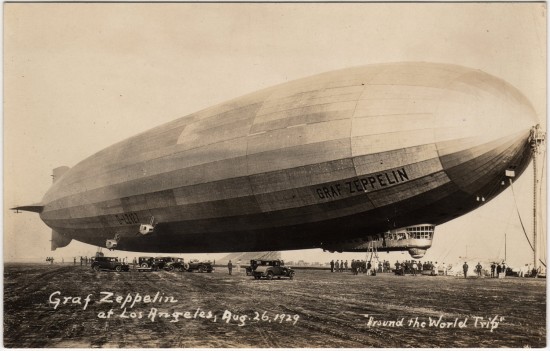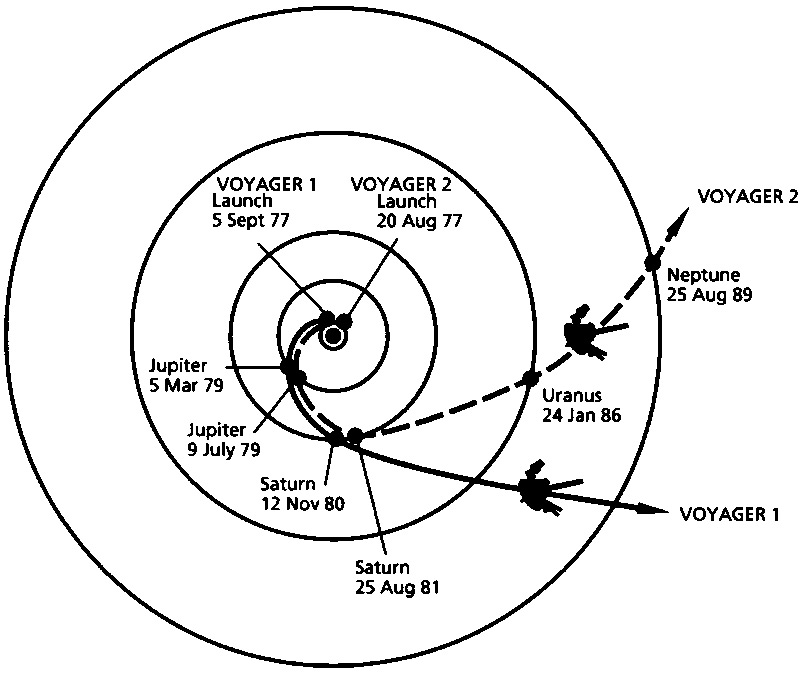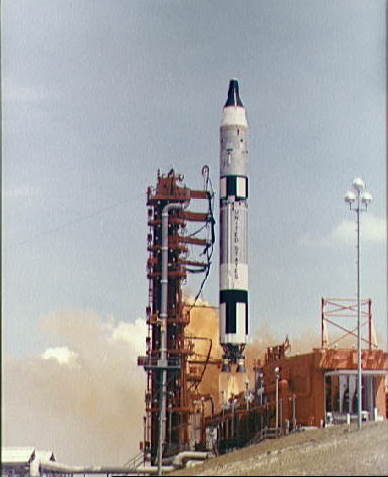Fifty-five years ago today — December 10, 1954 — U.S. Air Force Colonel John P. Stapp rode a rocket sled at Holloman AFB, New Mexico, to over 600 mph. Stapp set a record for the greatest recorded g-forces endured by man when the sled decelerated. From his obituary in the New York Times,
Dr. Stapp was known as the ”fastest man on earth” for his 1954 ride, though the speed has since been surpassed and was never accepted by auto racing officials as an official land speed record. The speed was impressive, at any rate. Dr. Stapp accelerated in 5 seconds from a standstill to 632 miles an hour. The sled then decelerated to a dead stop in 1.4 seconds, subjecting Dr. Stapp to pressures 40 times the pull of gravity.
Stapp’s early rocket sled tests were done at Edwards AFB, and I remember seeing the old tracks and trenches out on South Base. It was during those early tests that Stapp fell victim to what became known as Murphy’s Law:
Dr. Stapp . . . suffered an injury in the experiment that inspired Murphy’s Law after a somewhat less rapid sled ride in 1949.
An assistant, Capt. Edward A. Murphy Jr., had designed a harness to strap in the rider. The harness held 16 sensors to measure the acceleration, or G-force, on different body parts. There were exactly two ways each sensor could be installed. Captain Murphy did each one the wrong way.
The result was that when Dr. Stapp staggered off the rocket sled with bloodshot eyes and bleeding sores, all the sensors registered zero. He had been strained in vain.
A distraught Captain Murphy proclaimed the original version of the famous maxim: ”If there are two or more ways to do something and one of those results in a catastrophe, then someone will do it that way.”
If rocket sleds don’t quite qualify as “space history” for you, there were two December 10th rocket launches that fit the bill. First, 35 years ago today, a Titan III-E rocket launched the Helios-1 spacecraft from Cape Canaveral. Helios-1 was a joint effort by the U.S. and West Germany to measure the solar wind and examine the surface of the sun. And on December 10, 1999, the European Space Agency launched an Ariane 5 rocket from Kourou, French Guiana, carrying their X-ray Multimirror Mission (XMM) telescope. XMM-Newton was the ESA’s equivalent of NASA’s Chandra space observatory.












